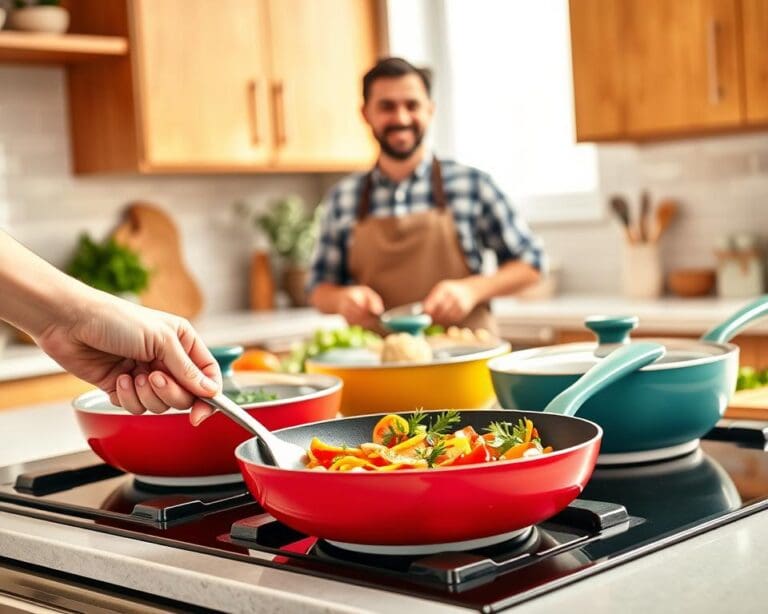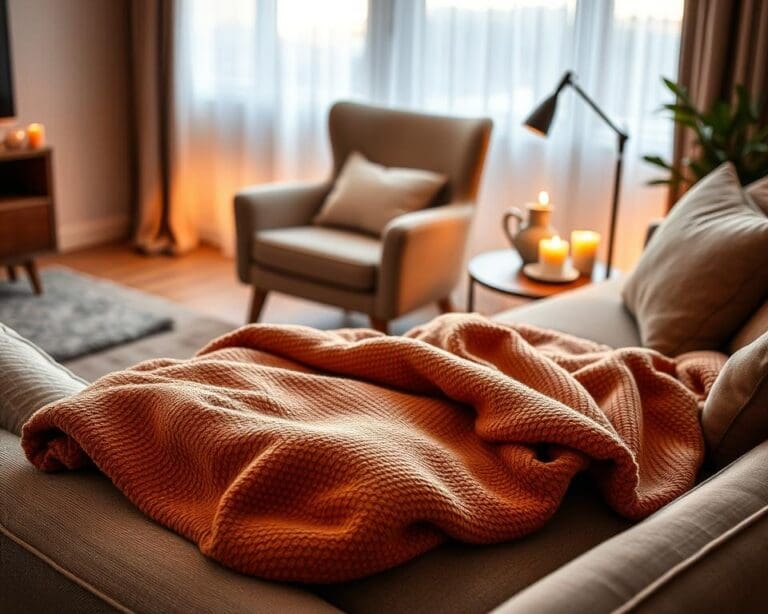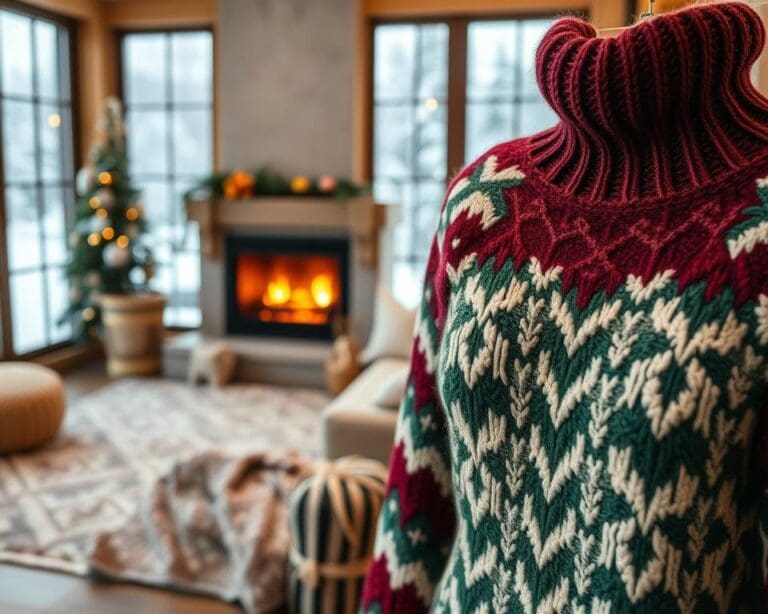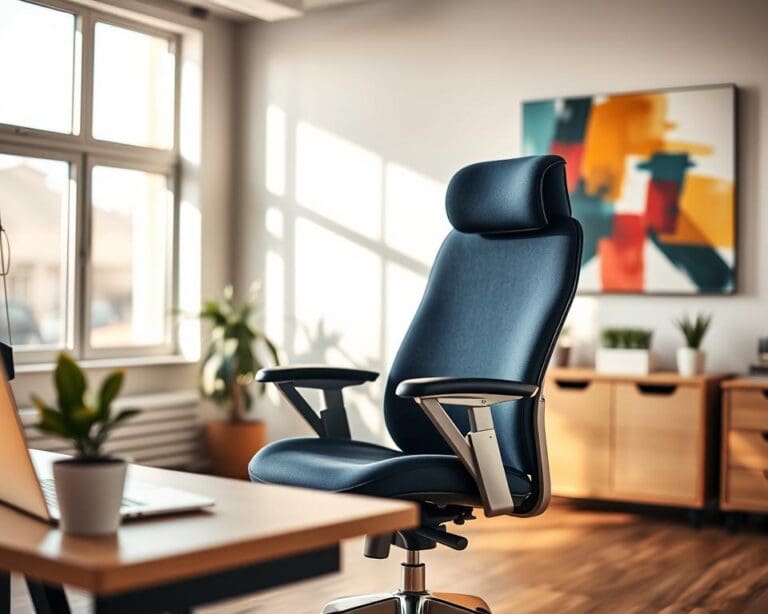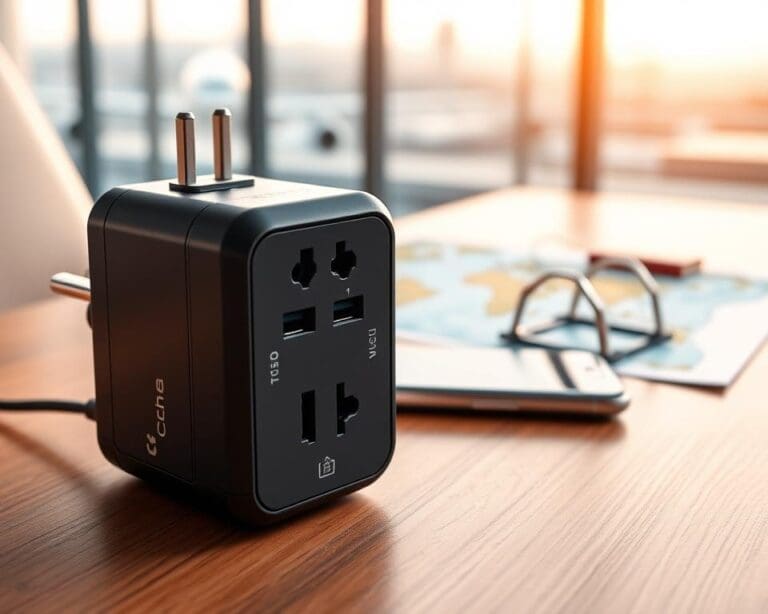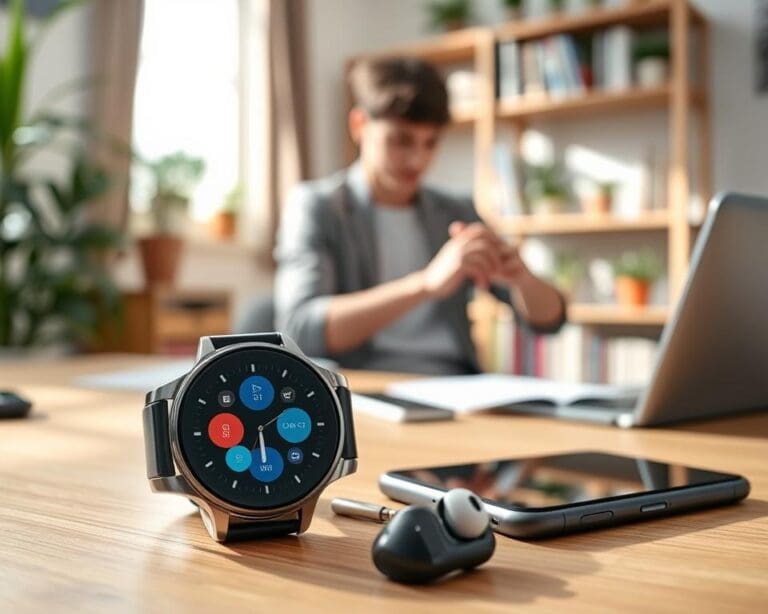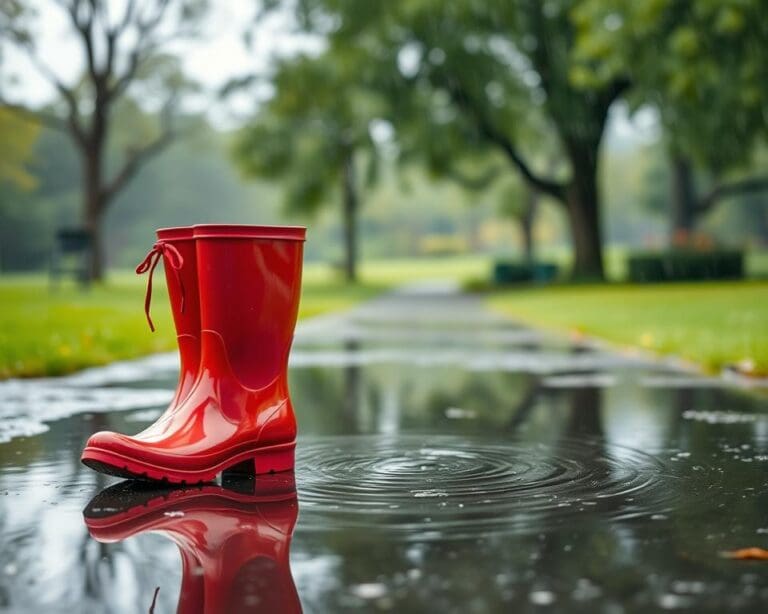Green roofs have become a vital component in modern sustainable building practices, offering numerous green roof benefits. These eco-friendly structures not only provide insulation and reduce energy costs but also create habitats for wildlife and improve air quality.
As urbanization continues to rise, the importance of green roofs in maintaining a healthy environment cannot be overstated. But what exactly makes a green roof sustainable and healthy? This question is crucial as it delves into the core of green roof design, implementation, and maintenance.
In this article, we’ll explore the key factors that contribute to a green roof’s sustainability and health, providing insights into the best practices for creating these beneficial spaces.
Key Takeaways
- Green roofs offer multiple environmental benefits, including improved air quality and reduced urban heat island effect.
- The sustainability of a green roof depends on factors like plant selection, soil depth, and drainage systems.
- Proper maintenance is crucial for the longevity and health of a green roof.
- Green roofs can significantly reduce energy consumption in buildings.
- They also provide habitats for various forms of wildlife, enhancing urban biodiversity.
The Fundamentals of Green Roofs
Sustainable roofing solutions, such as green roofs, are revolutionizing the way we think about building design. Green roofs, also known as vegetated roofs, are layers of vegetation planted over a waterproofing membrane on a rooftop. They offer a multitude of benefits, from environmental advantages to improved building performance.
Definition and Basic Concepts
A green roof typically consists of several layers, including a waterproof membrane, drainage layer, growing medium, and vegetation. The waterproof membrane is crucial as it prevents water from penetrating the roof. The drainage layer ensures that excess water is efficiently removed, preventing waterlogged soil. The growing medium, often a mix of soil and other organic materials, supports the vegetation. The choice of vegetation is critical and depends on factors like climate, roof slope, and intended use.
Historical Development of Green Roofing
The concept of green roofs is not new; it dates back to ancient civilizations, such as the Hanging Gardens of Babylon. Modern green roofing, however, began to take shape in the 1960s in Europe, particularly in Germany. The practice has since spread globally, driven by environmental concerns and technological advancements. Today, green roofs are recognized for their role in urban sustainability, providing insulation, reducing urban heat island effects, and creating habitats for wildlife.
Types of Green Roof Systems
Green roofs can be broadly classified into three main categories: extensive, intensive, and semi-intensive systems. Each type is distinct in terms of its characteristics, advantages, and applications, catering to different needs and preferences.
Extensive Green Roofs
Extensive green roofs are characterized by their thin layer of growing medium and low-maintenance requirements. They typically feature hardy, drought-resistant plants such as sedum. These roofs are ideal for buildings where weight is a concern and are often used in commercial and industrial settings. For more information on creating your own green oasis, you can visit this resource.
Intensive Green Roofs
Intensive green roofs, on the other hand, have a deeper layer of growing medium, allowing for a wider variety of plants, including shrubs and trees. These roofs are more akin to traditional gardens and require more maintenance, including irrigation and fertilization. They are often used in residential and commercial buildings where the additional weight is manageable and the aesthetic appeal is desired.
Semi-Intensive Green Roofs
Semi-intensive green roofs strike a balance between extensive and intensive systems. They offer a moderate level of maintenance and can support a diverse range of plant species. These roofs are suitable for buildings that require more than a simple, low-maintenance solution but do not need the full functionality of an intensive green roof.
In conclusion, the choice of green roof system depends on various factors, including the building’s structural capacity, maintenance preferences, and desired aesthetic outcomes. By understanding the different types of green roof systems, building owners can make informed decisions that meet their specific needs.
Environmental Benefits of Green Roofs
Green roofs offer a multifaceted approach to mitigating environmental challenges in urban areas. By integrating vegetation into roof designs, these systems provide a range of ecological benefits that contribute to a more sustainable urban environment.
Stormwater Management and Runoff Reduction
One of the significant environmental benefits of green roofs is their ability to manage stormwater runoff. By absorbing rainwater, green roofs reduce the burden on urban drainage systems, thereby decreasing the risk of flooding. According to the EPA, “green infrastructure, including green roofs, can significantly reduce stormwater runoff, improving water quality and reducing the strain on urban water management systems.”
Key advantages of green roofs in stormwater management include:
- Reduced peak flow rates during rainfall events
- Improved water quality through filtration
- Enhanced groundwater recharge
Urban Heat Island Mitigation
Green roofs also play a crucial role in mitigating the urban heat island effect. By providing shade and cooling the air through evapotranspiration, green roofs can significantly lower urban temperatures. As noted by the Urban Land Institute, “green roofs can reduce the urban heat island effect, making cities more livable and reducing energy consumption.”
Biodiversity Enhancement
In addition to managing stormwater and mitigating the urban heat island effect, green roofs enhance urban biodiversity. They provide habitats for various plant and animal species, contributing to local ecosystems. A study by the Nature Conservancy highlights that “green roofs can serve as vital habitats for wildlife in urban environments, promoting biodiversity.”
By incorporating green roofs into urban planning, cities can take a significant step towards achieving sustainability and environmental health.
Wat maakt een groen dak duurzaam en gezond?
The sustainability and health advantages of a green roof are multifaceted, relying on a thoughtful integration of various components. A well-designed green roof not only supports the environment but also enhances the well-being of its occupants.
Key Sustainability Factors
Several key factors contribute to the sustainability of a green roof. Durable materials are essential for withstanding environmental conditions, reducing the need for frequent repairs or replacements. The selection of native plants is also crucial as they are adapted to the local climate, requiring less maintenance and resources.
Another critical aspect is the waterproofing membrane, which prevents leaks and ensures the longevity of the roof. Effective drainage systems are also vital to prevent waterlogging, which can lead to structural damage and maintenance issues.
- Use of recycled materials in construction
- Incorporation of energy-efficient systems
- Minimization of waste during installation
Health-Promoting Elements
Green roofs also incorporate various elements that promote health for the occupants. One of the primary benefits is air quality improvement. Green roofs can absorb pollutants and reduce carbon dioxide levels, contributing to cleaner air.
Additionally, green roofs provide noise reduction benefits. The layer of soil and vegetation acts as a sound barrier, minimizing external noise pollution and creating a more peaceful environment for occupants.
The inclusion of diverse plant species not only supports local biodiversity but also offers psychological benefits. Being surrounded by nature has been shown to reduce stress and improve mental well-being.
Health Benefits for Building Occupants and Communities
Healthy green roofs are becoming increasingly recognized for their role in enhancing both environmental sustainability and human health. By integrating vegetation into building design, these roofs provide a range of benefits that improve the quality of life for occupants and the wider community.
Air Quality Improvement and Respiratory Health
One of the primary ways green roofs contribute to healthier living is through air quality improvement. Vegetation on rooftops absorbs pollutants and particulate matter, reducing the amount of harmful substances in the air. This can lead to significant improvements in respiratory health, particularly for individuals with pre-existing conditions such as asthma.
Improved air quality is a direct result of the ability of green roofs to filter out pollutants, making the air cleaner and healthier to breathe. Studies have shown that cities with extensive green roof installations experience a notable decrease in air pollution levels.
Mental Health and Well-being Effects
Green roofs also have a profound impact on mental health and well-being. Access to green spaces, even in urban environments, has been shown to reduce symptoms of anxiety and depression. The visual appeal of green roofs can enhance mood and overall sense of well-being.
The calming effect of being able to see or interact with green spaces can be particularly beneficial in high-stress urban environments. This can lead to improved productivity and a better quality of life for building occupants.
Noise Reduction and Stress Mitigation
Another significant benefit of green roofs is their ability to reduce noise pollution. The additional layer of vegetation and soil can act as a sound barrier, mitigating the impact of external noise on building occupants. This can lead to reduced stress levels and a more peaceful living or working environment.
By incorporating green roofs into building design, architects and developers can create healthier, more sustainable environments. The combination of improved air quality, enhanced mental well-being, and reduced noise pollution makes green roofs a valuable asset for urban communities.
Essential Components for Long-Lasting Green Roofs
The success of a green roof depends on several key elements that ensure its durability and effectiveness. A well-designed green roof not only provides numerous green roof benefits but also requires careful consideration of its fundamental components to maximize its lifespan and functionality.
For more insights on sustainable roofing solutions, you can explore resources like Duurzaam Dakdekken, which discusses the art and science behind eco-friendly roof design.
Waterproofing and Root Barriers
A critical component of any green roof is a robust waterproofing system. This layer prevents water from penetrating the roof structure, thereby avoiding costly damages. Additionally, a root barrier is essential to prevent plant roots from damaging the waterproofing layer. High-quality materials should be used for both to ensure the longevity of the green roof.
- Use a waterproofing membrane that is resistant to root penetration.
- Ensure the root barrier is durable and compatible with the waterproofing system.
Drainage and Irrigation Systems
Effective drainage is crucial to prevent waterlogging, which can lead to structural issues and plant health problems. An efficient irrigation system, on the other hand, ensures that plants receive adequate water, especially during dry periods. The design of these systems should be tailored to the specific needs of the green roof.
“Proper drainage and irrigation are key to maintaining a healthy green roof. These systems work together to create an optimal environment for plant growth.” – Green Roof Expert
Growing Medium Selection
The growing medium, or soil, is another vital component. It should be lightweight to minimize structural stress while being capable of retaining sufficient moisture and nutrients for plant growth. The selection of the growing medium should be based on the types of plants chosen and the local climate conditions.
- Choose a growing medium that is well-draining yet retains moisture.
- Consider the nutrient content and pH level suitable for the selected plants.
Plant Selection for Climate Resilience
Selecting plants that are resilient to the local climate is crucial for the green roof’s success. Plants should be able to withstand temperature fluctuations, drought, and other environmental stresses. Native plants are often a good choice as they are naturally adapted to the local conditions.
By focusing on these essential components, you can create a green roof that is not only environmentally beneficial but also durable and low-maintenance. For more detailed guidance on creating sustainable green roofs, consider consulting with a professional.
Installation and Maintenance Best Practices
To reap the rewards of a green roof, it’s crucial to adhere to best practices in sustainable roofing installation and maintenance. A well-executed installation lays the foundation for a thriving green roof, while regular maintenance ensures its longevity and continued performance.
Structural Requirements and Professional Installation
The structural integrity of a building is paramount when considering a green roof. The additional weight of the roofing system, soil, and plants requires a thorough assessment by a structural engineer. Professional installation is not just recommended; it’s essential to ensure that the waterproofing layer is correctly applied and that drainage systems are properly installed. As noted by experts, “A green roof’s success is heavily dependent on the quality of its installation” (
Green Roofing Industry Trends, 2023
).
- Ensure the roof’s structural capacity can support the green roof’s weight.
- Hire experienced professionals for the installation.
- Use high-quality materials for waterproofing and drainage.
Seasonal Maintenance Guidelines
Regular maintenance is key to the longevity of a green roof. Seasonal checks should include inspecting for plant health, ensuring drainage systems are clear, and replenishing mulch or soil as necessary. During the spring, inspect for any winter damage and begin any necessary repairs. In the fall, clear leaves and debris from the roof to prevent clogging of drainage systems.
Troubleshooting Common Issues
Despite best efforts, issues can arise. Common problems include clogged drainage, plant die-off, and leaks. Regular inspections can help identify these issues early. For example, if plants are not thriving, it may be necessary to adjust the irrigation system or replace plant species with more resilient options. As a general rule, “Regular maintenance is not just about fixing problems; it’s about preventing them” (
Green Roof Maintenance Best Practices, 2022
).
By following these best practices for installation and maintenance, building owners can enjoy the many benefits of a green roof while minimizing potential issues.
Economic Benefits and Incentives
The economic benefits of green roofs are multifaceted, ranging from energy savings to increased property values. By investing in eco-friendly roofing solutions like green roof systems, building owners can reap significant financial rewards.
Energy Efficiency and Cost Savings
One of the primary economic benefits of green roofs is their ability to enhance energy efficiency. By providing additional insulation, green roofs can reduce the need for heating and cooling, leading to substantial cost savings on energy bills. For instance, a study found that green roofs can reduce energy consumption by up to 30% in some climates.
Property Value Enhancement
Green roofs can also significantly enhance property values. A well-designed green roof can increase a property’s aesthetic appeal, making it more attractive to potential buyers or tenants. According to real estate experts, properties with green roofs can command higher prices due to their unique features and environmental benefits.
Government Incentives and Rebate Programs
Many governments offer incentives and rebate programs to encourage the adoption of green roof systems. These incentives can help offset the initial installation costs, making green roofs more financially accessible. For example, some cities provide tax credits or grants for buildings that incorporate eco-friendly roofing solutions.
| Economic Benefit | Description | Potential Savings |
|---|---|---|
| Energy Efficiency | Additional insulation reduces heating and cooling needs | Up to 30% on energy bills |
| Property Value Enhancement | Increased aesthetic appeal and environmental benefits | Higher property prices |
| Government Incentives | Tax credits, grants, and rebates for eco-friendly roofing | Varies by location |
Conclusion: Embracing Green Roofs for a Sustainable Future
As we’ve explored throughout this article, green roofs offer a multitude of benefits that contribute to roofing sustainability. From reducing stormwater runoff and mitigating the urban heat island effect to enhancing biodiversity and promoting occupant health, the advantages of green roofs are clear.
By incorporating green roofs into building design, we can create healthier, more sustainable environments that benefit both individuals and communities. As the world continues to urbanize, embracing green roofs is a crucial step towards a more sustainable future.
The key to successful green roof implementation lies in careful planning, proper installation, and ongoing maintenance. By understanding the essential components and best practices outlined in this article, building owners and architects can harness the full potential of green roofs to create thriving, eco-friendly spaces.
As we move forward, it’s essential to recognize the role that green roofs can play in enhancing roofing sustainability. By adopting this innovative approach, we can create a more sustainable, resilient built environment that benefits generations to come.


